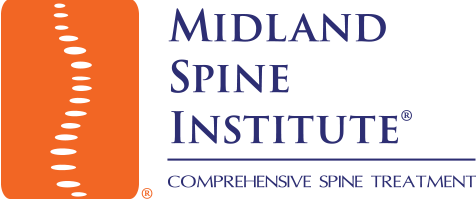Everyone experiences pain, but when our pain won’t let up or becomes recurring, we refer to it as chronic pain. The sources of chronic pain vary from injury to arthritis. The medical field of pain management exists to target and treat chronic pain utilizing a comprehensive methodology, including medications. Often a pain management doctor prescribes multiple medications at once, so it’s important to keep your prescriptions organized and understand the different types of pain management medications you are taking.
Types of Pain Management Medication
- Opioids: Also referred to as narcotics, these opiate-based medications treat severe pain and range in potency from mild to highly addictive. The milder prescriptions include brand names such as Darvocet, and the most potent narcotics, morphine and oxycodone, include brand names such as OxyContin and Percocet. Opioids have a high potential for addiction, so you may be required to regularly check-in with your physician or complete drug testing.
- NSAIDs: Short for non-steroidal anti-inflammatory drugs, this class of prescriptions can often be found over-the-counter. Ibuprofen and aspirin, the most common NSAIDs, target inflammation as the source of pain. Common brand names of ibuprofen include Advil and Motrin. Prescription-strength NSAIDs are also available under brand names including Daypro and Celebrex. Acetaminophen, typically found under the brand name Tylenol, acts similarly to NSAIDs and is found over-the-counter, but it does not include an anti-inflammatory effect.
- Alternatives: Outside of opioids and NSAIDs, drugs occasionally prescribed for pain management include antidepressants, anticonvulsants, and muscle relaxants. Additionally, corticosteroids block the production of specific chemicals that cause inflammation and may be used to combat pain. Other medications may be prescribed to target a primary source of pain, such as arthritis or another underlying disease.
Keeping Organized
- Physical organization: Sort medications using a pill organizer. These containers come in a variety of organization methods, including organization by the time of day or color-coded by each prescription. Although requiring time each week or month to physically sort medications, this type of organization ultimately saves time and mental energy when assessing medication schedule adherence.
- Labels: Keep labels on prescription bottles, even when sorting medications into a pill organizer. When dealing with multiple prescriptions at once, it’s imperative to keep track of each medication’s specific instructions and dosage requirements.
- Dispensers: Electronic medication dispensers are available for in-home use and can be configured to a variety of personal settings. Some brands include a PIN input for distribution, which can be useful for safety around family members and children. Dispensers can be found at many online and in-store medical retailers.
Keeping Track
- Apps: Utilizing an app can help keep track of your medications. There are many apps available for Android and iPhone dedicated to setting reminders for taking meds or filling prescriptions. Apps can also be useful for delivering information about your medication history to caregivers or physicians. A few highly-rated apps include:
- Pill Reminder by Medisafe: This free HIPAA protected app allows you to set reminders for taking medications and includes an option for syncing family member’s devices to your account.
- MyMedSchedule: This app and website create a schedule of your medication plan, including a picture of each medication. There are options available for notification and medication reminders as well as easy-to-access syncing with MySchedule, a website available for emergency physicians to access your medication list.
- MyMeds: This app allows for organization and reminders for each medication. Notably, this app also can provide information on available pricing for each medication in your location.
- Calendar: For those less inclined to take on a new app, a handwritten calendar can be just as useful in keeping track of medications. Be sure to include dosage, timing, restrictions (take with food, mix with water, etc.), and refill history.
- Personal Accountability: Having someone hold you accountable for taking your medications can be one of the easiest forms of pain medication management. A spouse or caregiver can act as an excellent reminder to take your medications at the correct time every day.
Be sure to keep your doctor informed of any changes in your pain level or pain management plan. Even minor adjustments, such as the time of day you take your medications, can have a significant impact on your pain management. There are many nonpharmacologic pain management treatments available if you and your doctor do not find a suitable medication plan. Alternative therapies include physical therapy, meditation, heat or ice application, and electrical device implantation. Be sure to work with a certified pain management physician when seeking treatment for chronic pain management.


